Competitive advantage refers to the unique advantages that a firm possesses over its competitors. In a highly competitive industry, firms that are unable to differentiate themselves and offer something that their competitors do not are unlikely to be successful in the long term. As such, business can be seen as a process of identifying and leveraging competitive advantages in order to succeed.
A competitive advantage can take many forms, and can include any capability or attribute that allows a firm to execute its business model more effectively than its competitors. This might include things like superior technology, a more efficient production process, a larger customer base, or a unique product or service offering. In order to maintain a competitive advantage, a firm must continuously innovate and adapt to changes in the market. Failing to do so can lead to the erosion of a firm’s advantage and ultimately, to its downfall.
The following are common types of competitive advantage.
- Absolute Advantage
- Bargaining Power
- Barriers To Entry
- Brand
- Business Cluster
- Business Scale
- Capital
- Competitive Differentiation
- Corporate Governance
- Cost Advantage
- Critical Mass
- Customer Satisfaction
- Design
- Digital Maturity
- Distinctive Capability
- Distribution
- Economic Advantage
- Economies Of Density
- Economies Of Scale
- Economies Of Scope
- Experience Economy
- Information Advantage
- Information Asymmetry
- Intellectual Property
- Know-how
- Market Position
- Market Power
- Marketability
- Network Effect
- Organizational Culture
- Price Leadership
- Product Development
- Productivity
- Relational Capital
- Relative Advantage
- Risk Management
- Strategic Advantage
- Sustainability
- Switching Barriers
- Switching Costs
- Technology
- Trade Secrets


